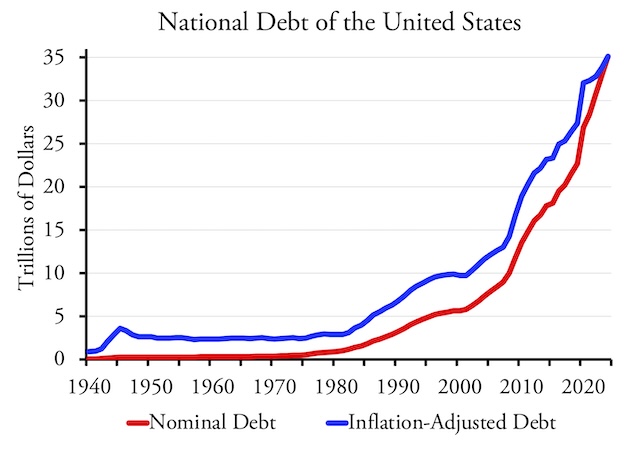Donald Trump famously said he could end the war in Ukraine in 24 hours, yet the war is still raging more than two months after he took office. In the same way, Transportation Secretary Sean Duffy recently said that New York City could solve all of the problems with its subway system “in hours, not days” (he generously allowed the city 36 hours instead of just 24) if it just had the will to do so. Note that Trump promised to stop the war himself while Duffy is demanding that someone else save the subways.
Photo by EmperorOfNYC.
This is the level of naïveté that we’ve come to expect from the Trump administration. New York City subways have problems with fare evasion, homelessness, drugs, property crime, vandalism, and violent crime that stretch across 472 stations, 850 miles of track, and nearly 6,800 subway cars. The idea that it could solve all of these problems by simply flooding the system with police for 36 hours is so ludicrous it isn’t even funny. Continue reading

















